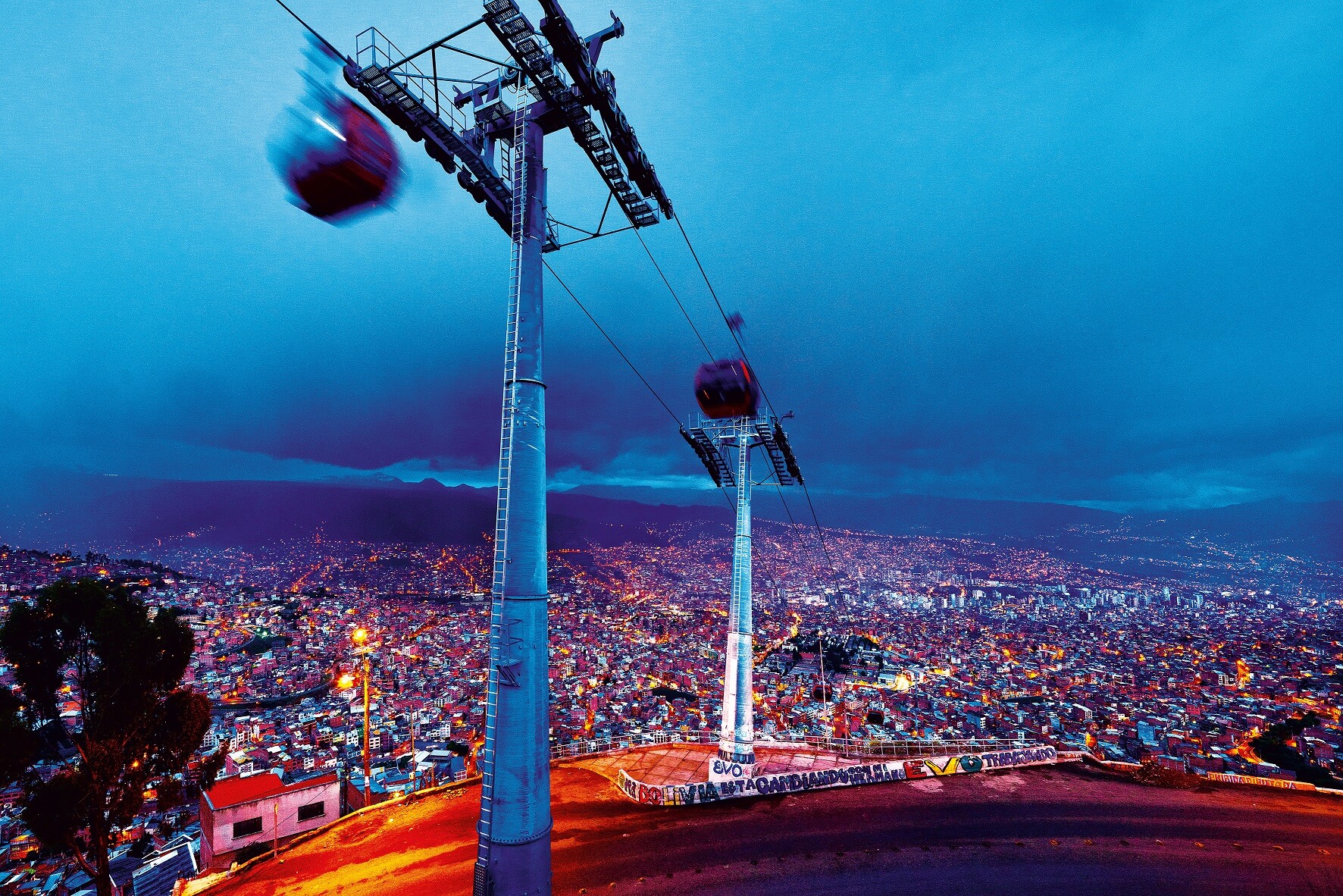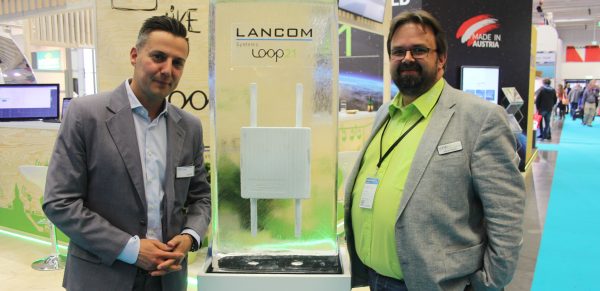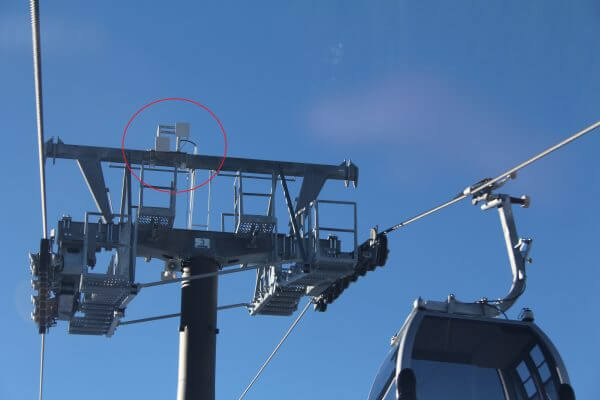
Cities, SI World 2/2019
The digital cable car: About WLAN and network solutions for urban cable car systems
The essential focus is on the cyber-security of networks for communication with passengers in an emergency and on process monitoring in cable car operation. “What is important, is an operating system that has no backdoor, is protected by a firewall, and can withstand hacker attacks,” says Markus Todt, country
manager Austria from LANCOM, a leading network provider from Germany.
Together with Austrian company LOOP21, the hardware manufacturer has already fitted out numerous cable cars in the Alpine and urban environment, including systems in La Paz (Bolivia) and Haifa (Israel). “There are only a few companies that can overcome challenges like terrain, dead spots and lack of connectivity, such as occur in the case of cable cars.
Solutions to legal barriers also have to be found,” says LOOP21 Marketing Manager Wolfgang Frajuk. As part of local public passenger transport, the WLAN in urban cable cars must work 24 hours a day, seven days a week.
“Communication between operating/emergency personnel and passengers must be guaranteed. The WLAN therefore becomes safetyp related equipment,” LOOP21 CEO Manuel Urbanek explains. Control, monitoring and surveillance on public transport are essential nowadays.
“Ongoing operation of the cable car is optimised with a specially developed mobility communication system,” Urbanek continues. The WLAN provision to the entire route enables staff in individual gondolas to call and have a conversation, to play music or information announcements, to control the light in the individual gondolas and to access security cameras.
The control is managed centrally from a touch display in the control room. The key elements of the network solutions are access points, which are fixed to masts and gondolas and which connect to the WLAN. “Highperformance radio modules also ensure secure and fast reception even under difficult conditions,” Todt emphasises.
As the access points have been designed especially for outdoor use, they are able to withstand even harsh weather conditions and work at temperatures from minus 33 to plus 70 degrees.

Manuel Urbanek, CEO of LOOP21
“The gondolas on the urban cable car network in La Paz are equipped with a mobility communication system. In addition to WLAN access for passengers, this system also has a call and intercom system with emergency function, a security camera and a control unit for autonomous power supply to the units, including by means of solar panels. Moreover, the city benefits from real-time analyses of WLAN hotspots.”
Markus Todt (LANCOM Systems) and Manuel Urbanek (LOOP21) present
the WLAN access point, which works even in icy conditions. Photo: SI/Surrer

Advantages for operators and passengers
In urban cable cars, WLAN has advantages particularly for the operator. With the intercom system, staff can call the gondolas and have a conversation. Even fully automated self-testing is possible. Furthermore, the safety of the cable car operation can be improved with security cameras (CCTV) and pinpointing of the vehicle location along the route.
“Through the network, the operator has access to air pressure, external temperature and wind strength sensors,” Frajuk elaborates. Together with the monitoring of columns, sheaves and the cable span, this results in a high level of reliability over the entire cable car network.
In addition, fibre optic / directional radio, obstruction lights and digital signage as well as audio infotainment are available if requested. Indeed, passengers in urban cable cars can also benefit from WLAN and network solutions, which give them public internet access via hotspot and allow them to use location or userdependent information services. Sound systems, digital signage and audio infotainment as well as emergency buttons are also available.
The key elements of the network solutions are access points, which are fixed to masts and
gondolas and which connect to the WLAN. Photo: SI/LOOP 21

Outlook: Internet of Things (IoT)
Under the slogan “Internet of Things”, WLAN networks in urban cable cars could potentially have a lot more to offer, as Urbanek emphasises: “From personalised
location-based advertising in the gondolas through the ordering process and pricing to prepayment information – with a smartphone, there are many application areas.”
It is even possible to measure the power supply using WLAN, as the cable car operators in La Paz have already demonstrated. Urbanek is therefore looking optimistically to the future: “Smart City and IoT are the drivers for more WLAN in urban cable cars.” ts







